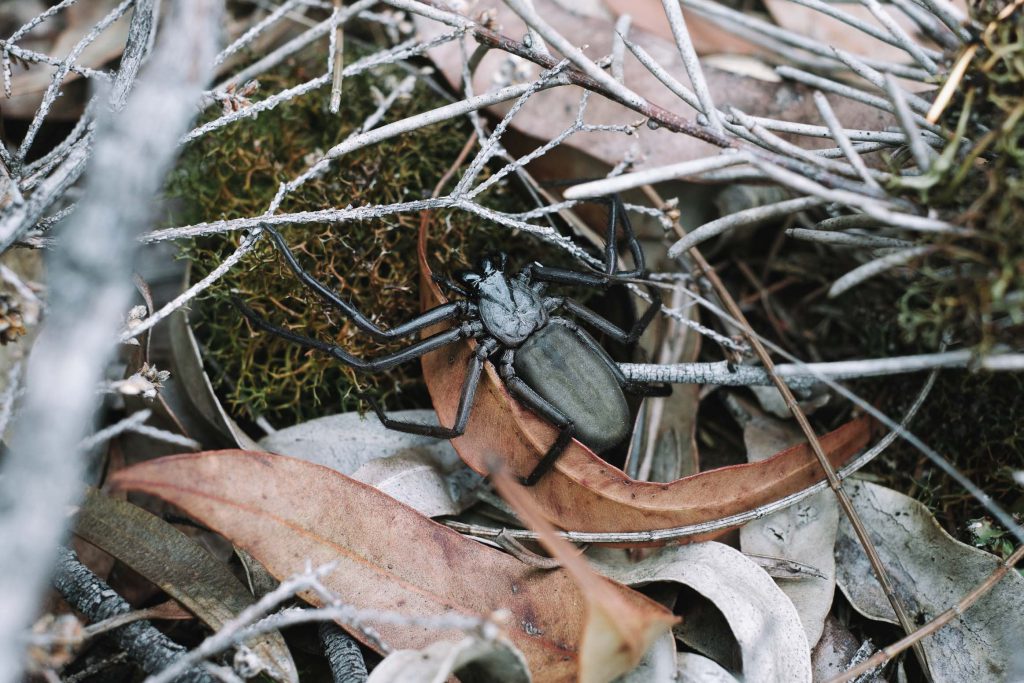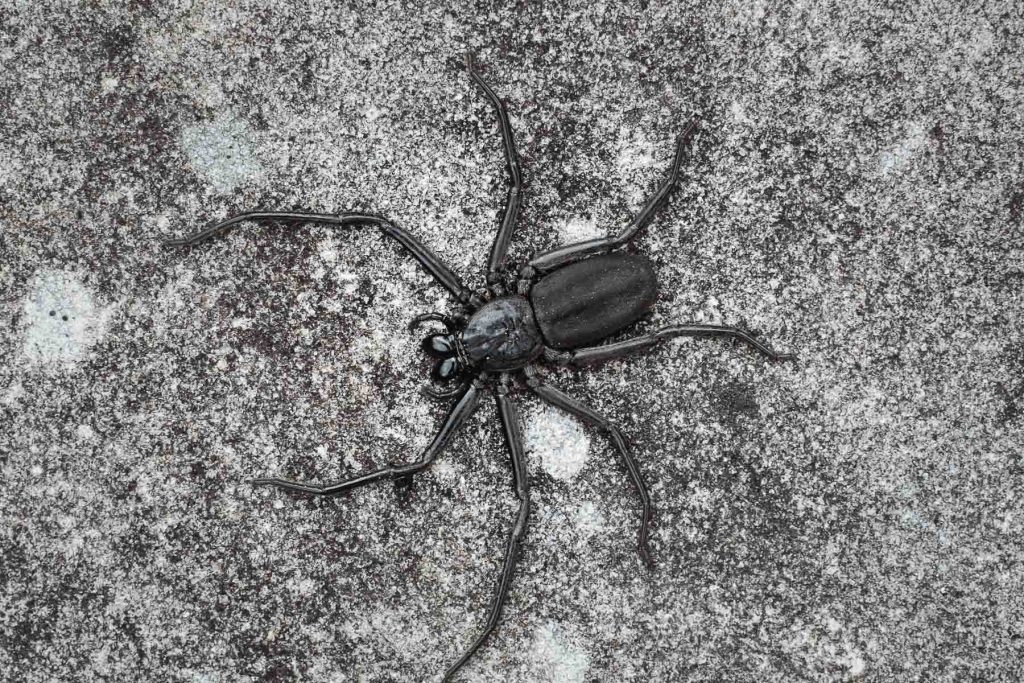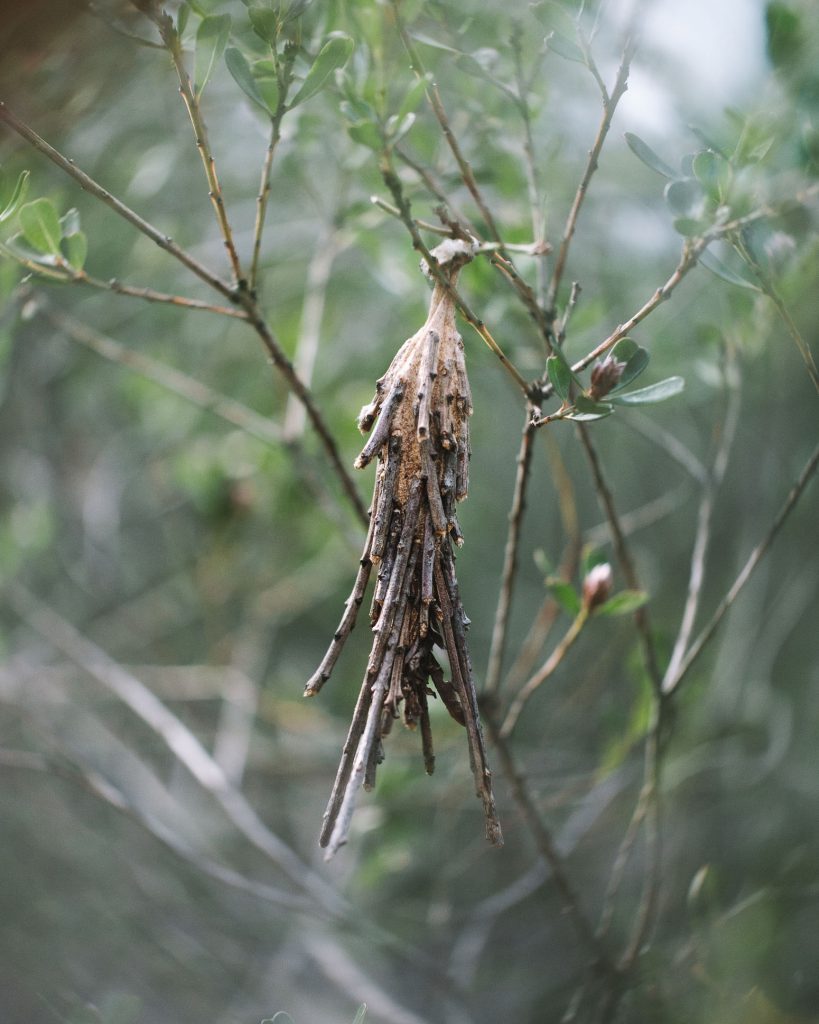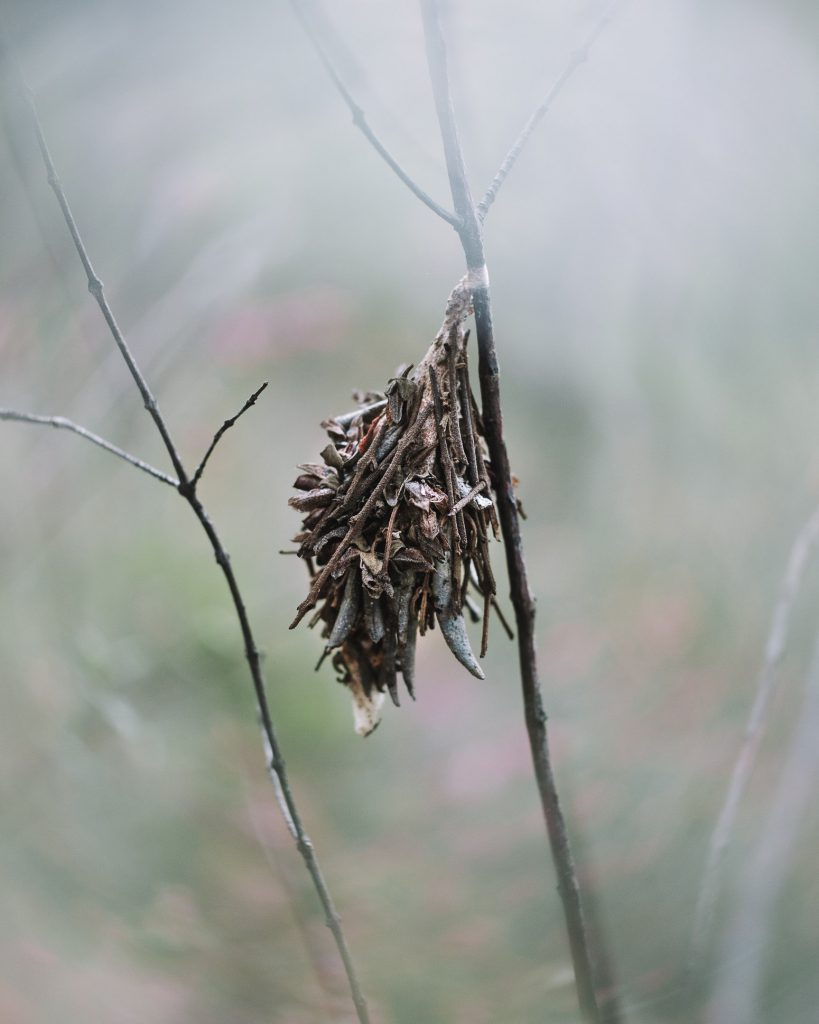I’m always excited to find interesting wildlife in the Australian bush. Especially when they’re so weird that most people don’t know what they are. So here I’ve put together all the freaky fauna I found on my last trip to Muogamarra Nature Reserve. If you like macro photography these creatures are fun to take photos of.
Many animals in Australia are nocturnal or just very shy, so you rarely see them outside of the zoo. Here in Muogamarra Nature Reserve the environment is only open to the public for 6 weekends a year, meaning it has most of the year to recover and retain an undisturbed state. This means that some animals here aren’t found in other parts of Sydney. To learn about Muogamarra Nature Reserve and why I think it’s the best place to visit in spring in Sydney, check out my blogpost.
Flat Rock Spider (Hemicloa)
I’ve only ever seen the Flat Rock Spider in Muogamarra Nature Reserve. It lives under flat rocks in sandstone plateaus, which makes it particularly susceptible to being crushed by wandering hikers. Because Muogamarra is so well protected, it’s able to survive here. If you’re extremely careful while picking up rocks on the side of the path, you might find some flat rock spiders.
The way the Flat Rock Spider scuttles around is so amusing. I first found it in Muogamarra around three years ago on a trip where I was searching for frogs. Three years later I remembered the spider and searched for it – and found it under the first rock I turned over! It was like greeting an old elusive friend.
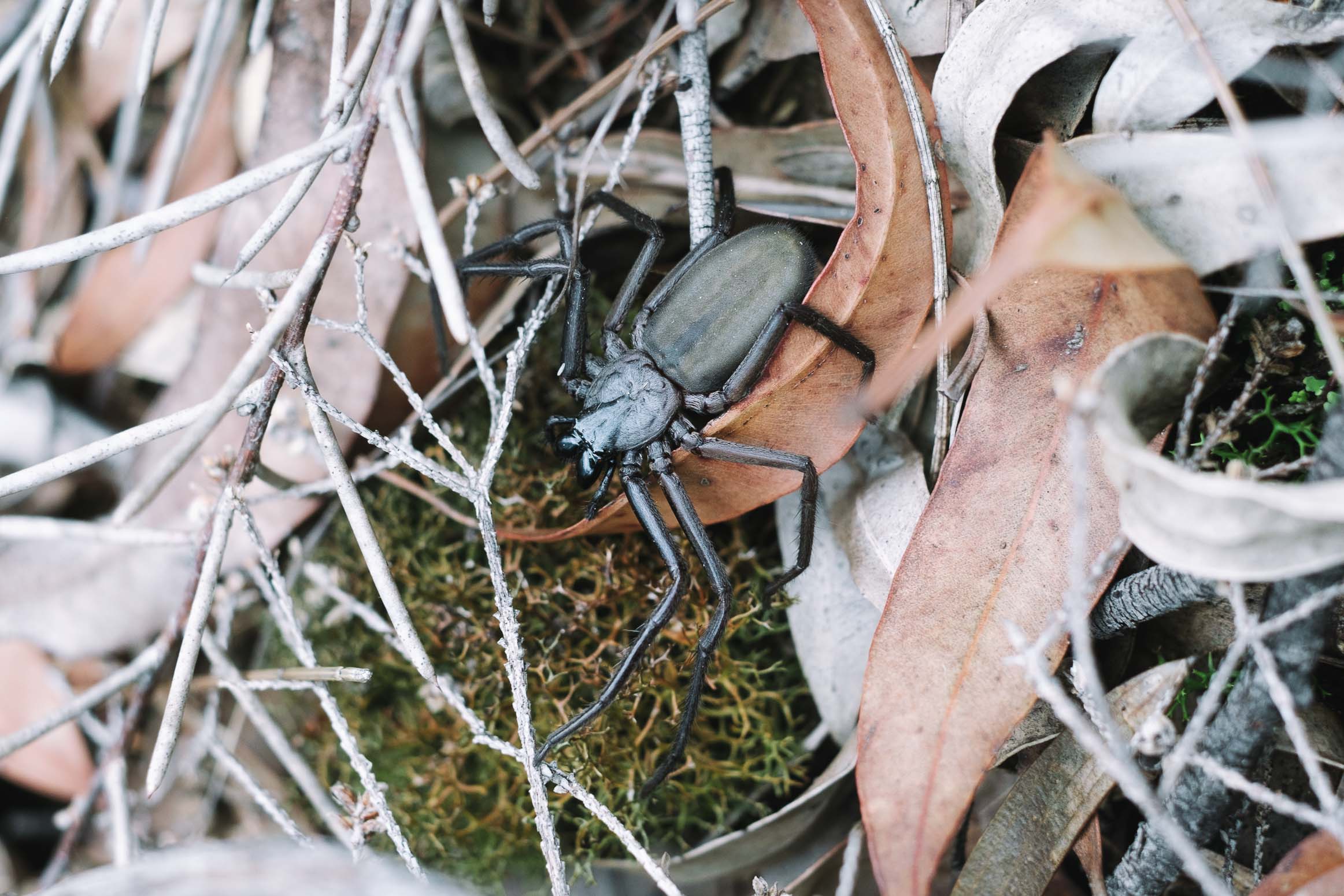
Bush Cockroach
Cockroaches have a bad name in most circles. But did you know that there’s a big difference between native cockroaches and the pest type that invades kitchens and bins? Native cockroaches tend to be very reclusive and feed on natural matter found in the bush. They aren’t spreaders of disease and are much cleaner than the pest cockroaches. You generally won’t find native cockroaches in houses unless you live in the bush. Aren’t these ones I took a photo of so cute?
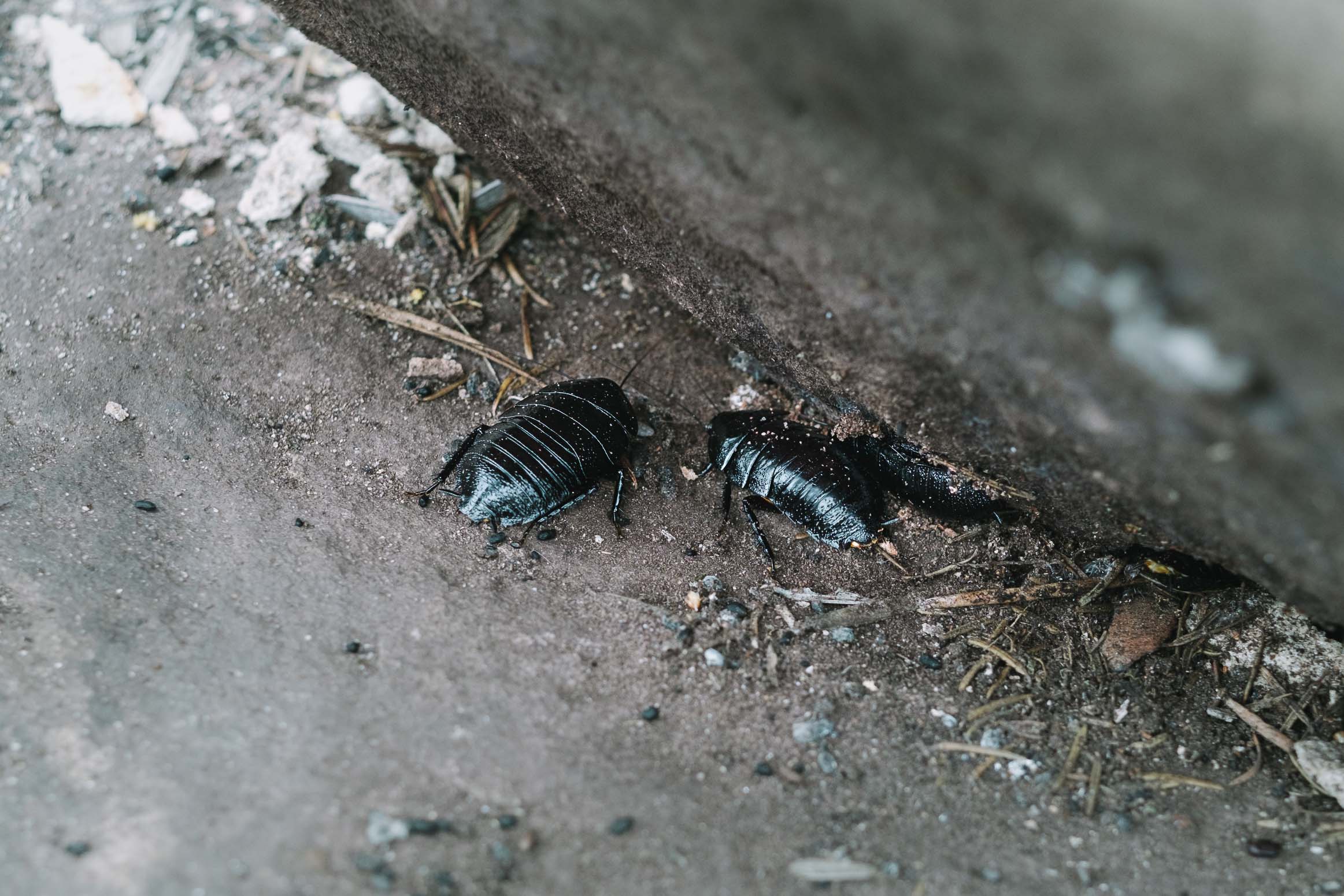
Case Moths
Case moths are fun to find. It’s fascinating to know something is living inside the sack constructed out of sticks and bark, developing into an adult moth. They’re usually about 5-15cm long and hang off branches. The case is bound together by silk.
Macadamia Cup Moth (Mecytha fasciata)
This is such a cute little insect! It was just sitting on the side of the path, not doing anything. It was slightly soft when I prodded it and only 12-14mm long. I thought it might be a millipede because it had many legs, but it’s most likely the larvae of a macadamia cup moth because it was soft. There are some types of moth larvae that can output ant hormones, which forces ants around them to cater to their every need. It’s also an animal I’ve never seen before.
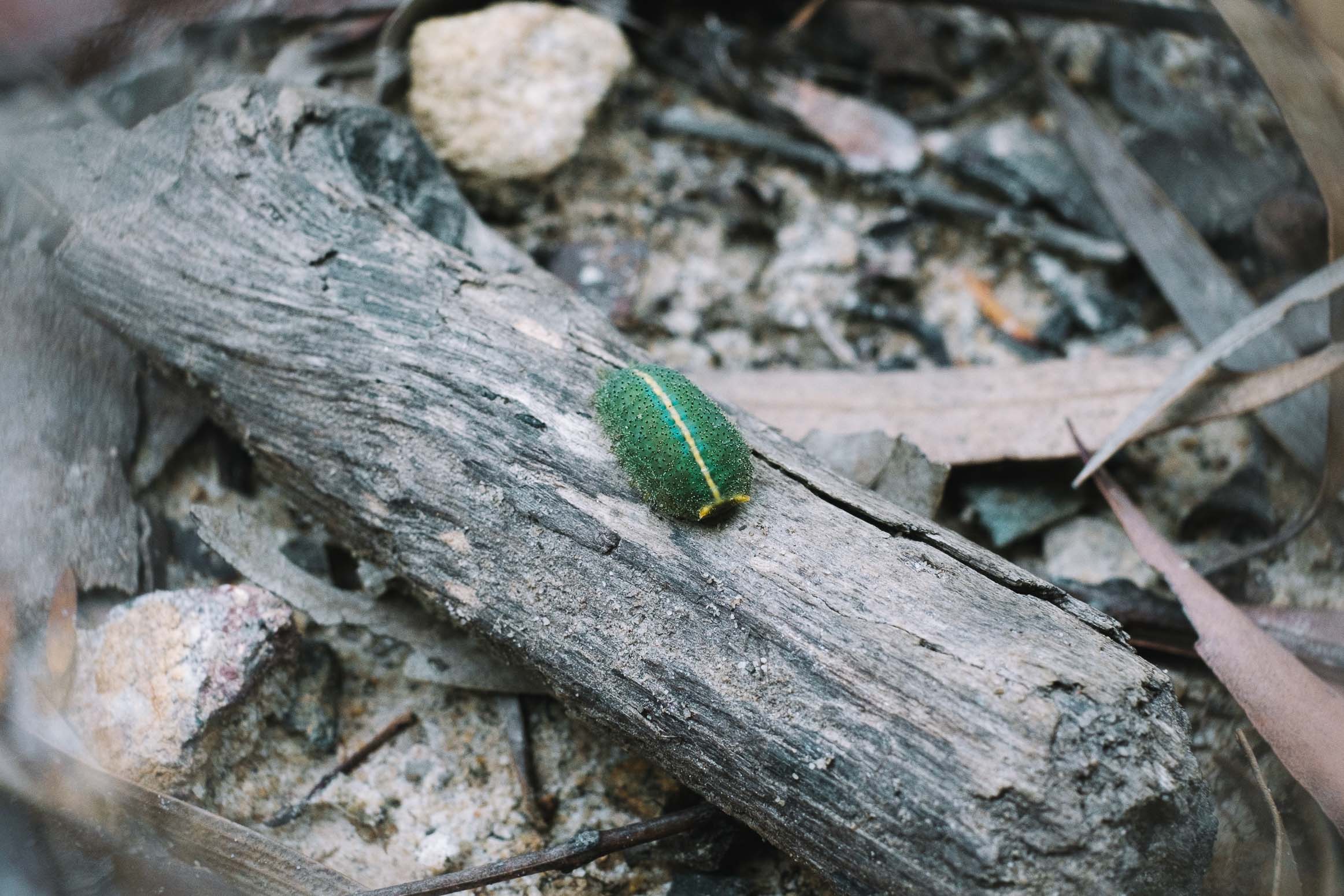
Termites
These native termites feed on dying trees and convert the wood pulp into mounds to make a nest. What you see as a mound of dirt actually continues underground, and is bonded together by termite saliva. They have quite sophisticated ways of organising their termite civilisations, belying their simple nest exterior. Termites can be found all over Australia, and this nest here is quite a small one. I have seen some that are taller than me and 5x as wide!
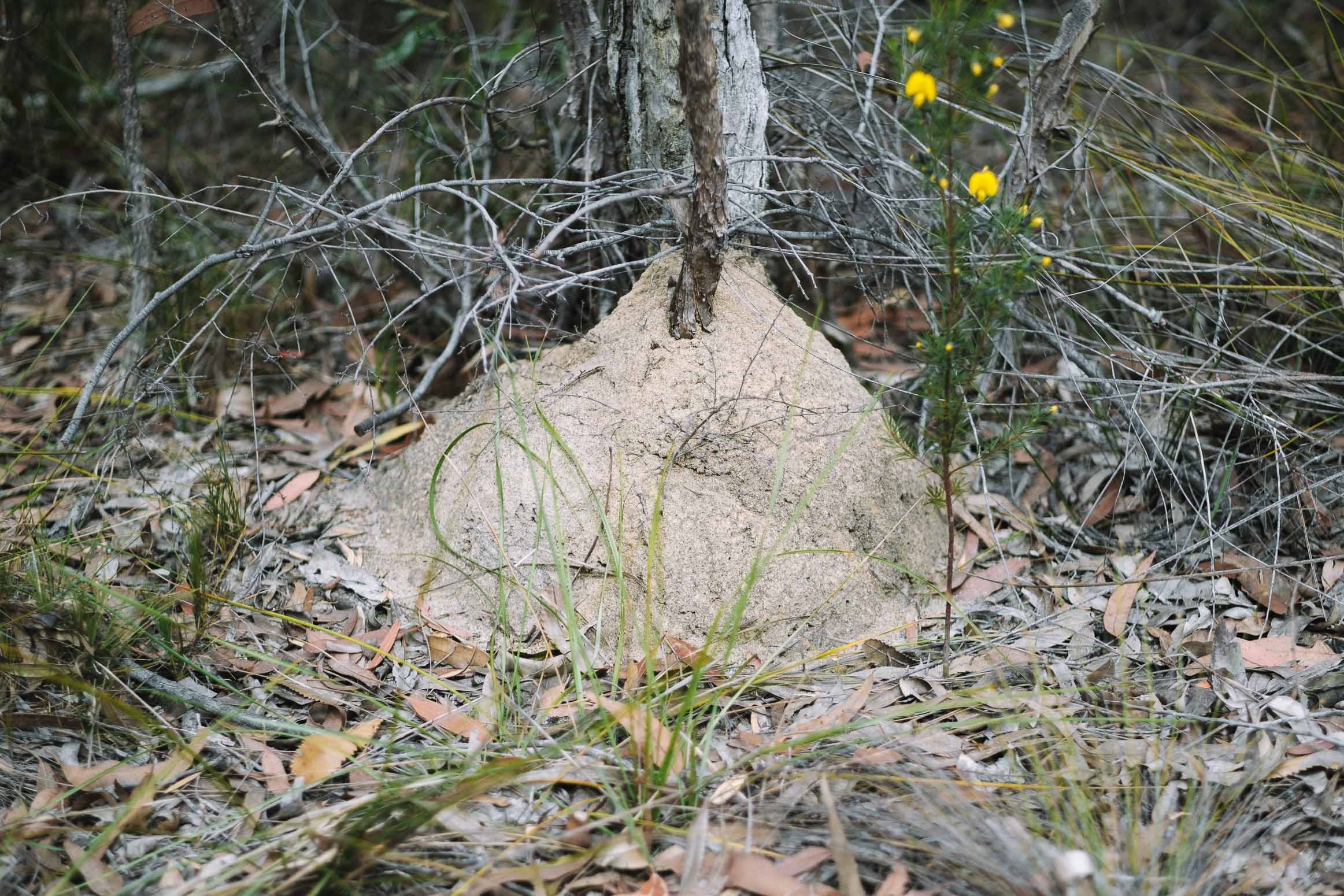
Unknown Beetle Pupae
Beetles have a few stages of life, from egg to larvae to pupae to the adult beetle form. This I believe is in the pupae form, where it seals itself into a hard shell and develops from larvae to adult. It will break out of the shell when it’s ready to enter adulthood. It was bound to a blade of grass on the side of the track.
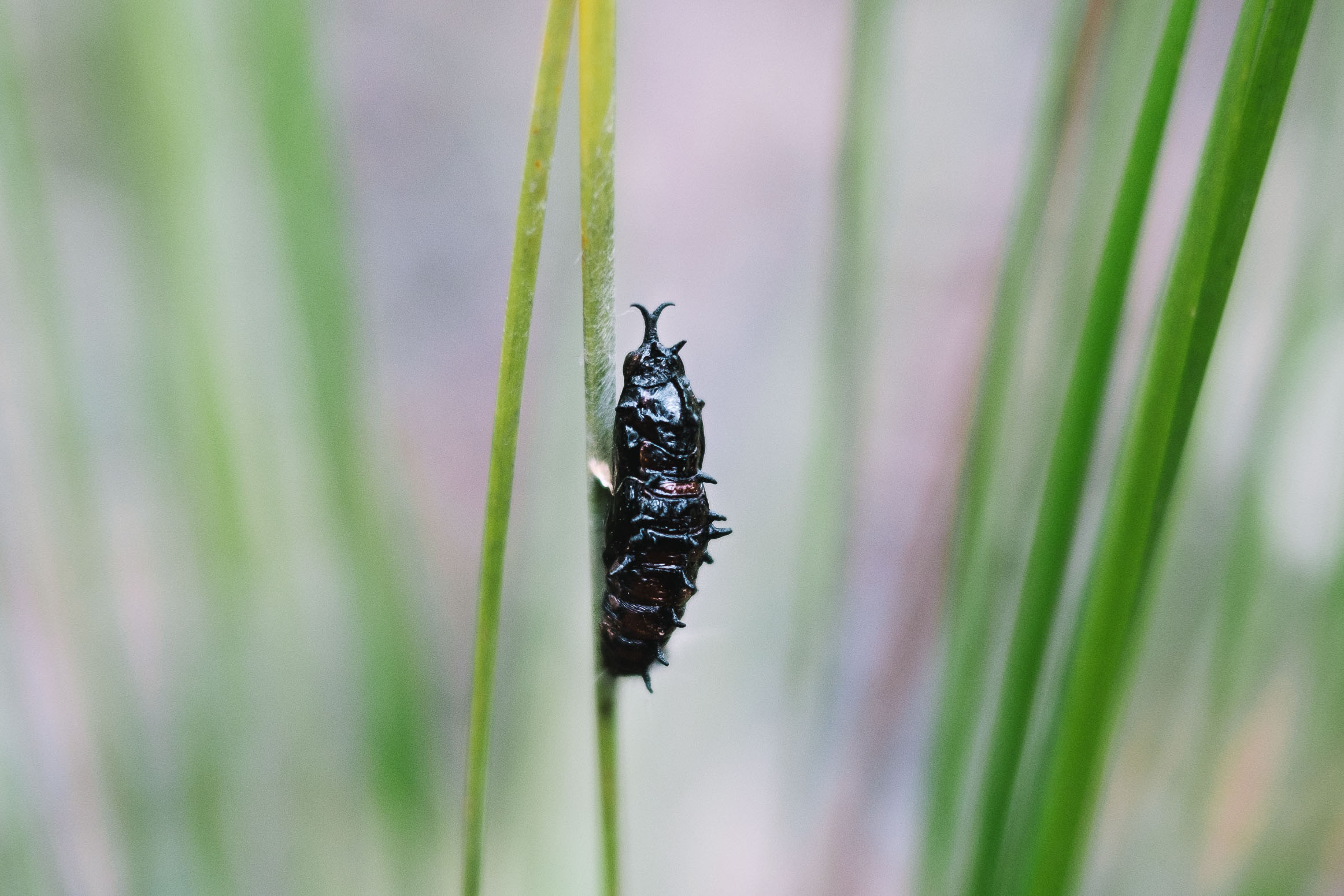
White-Bellied Sea Eagle
So thrilling to see a white bellied sea eagle in Muogamarra! This majestic bird of prey can be found all around the Australian coast, however getting a photo of it is pretty difficult because they fly so high up. They are huge a 2.5-4kg, the second largest raptor in Australia. They form permanent pairs and are territorial throughout the year. They eat fish, turtles and sea snakes but also mammals.
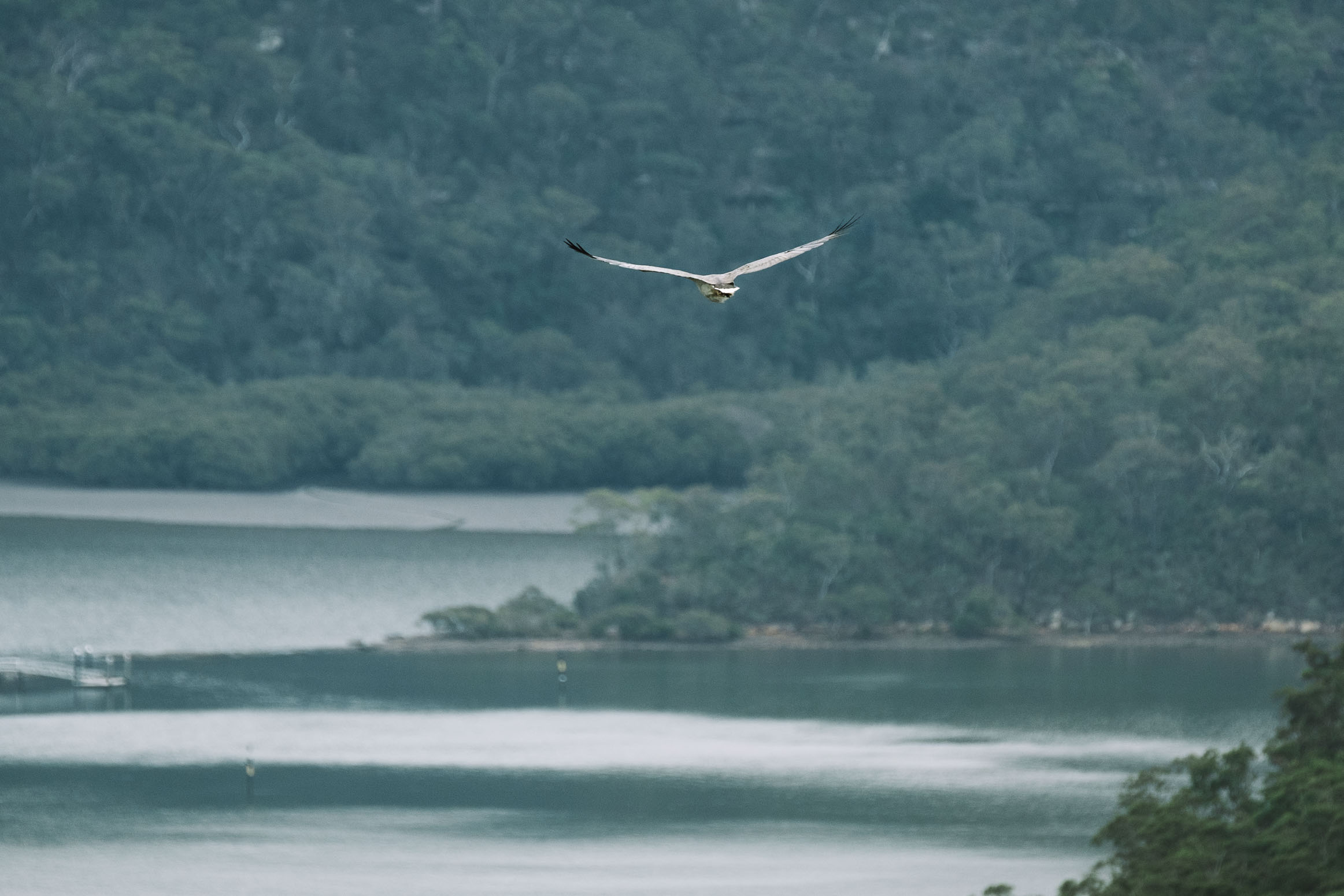
History of Farming
There was some farming from the 1890s to the 1940s in Muogamarra, which thankfully was stopped in order to preserve the natural state of the reserve. Find out more about visiting Muogamarra in my blogpost here.
To find out about the beautiful wildflowers that Muogamarra has to offer click here.
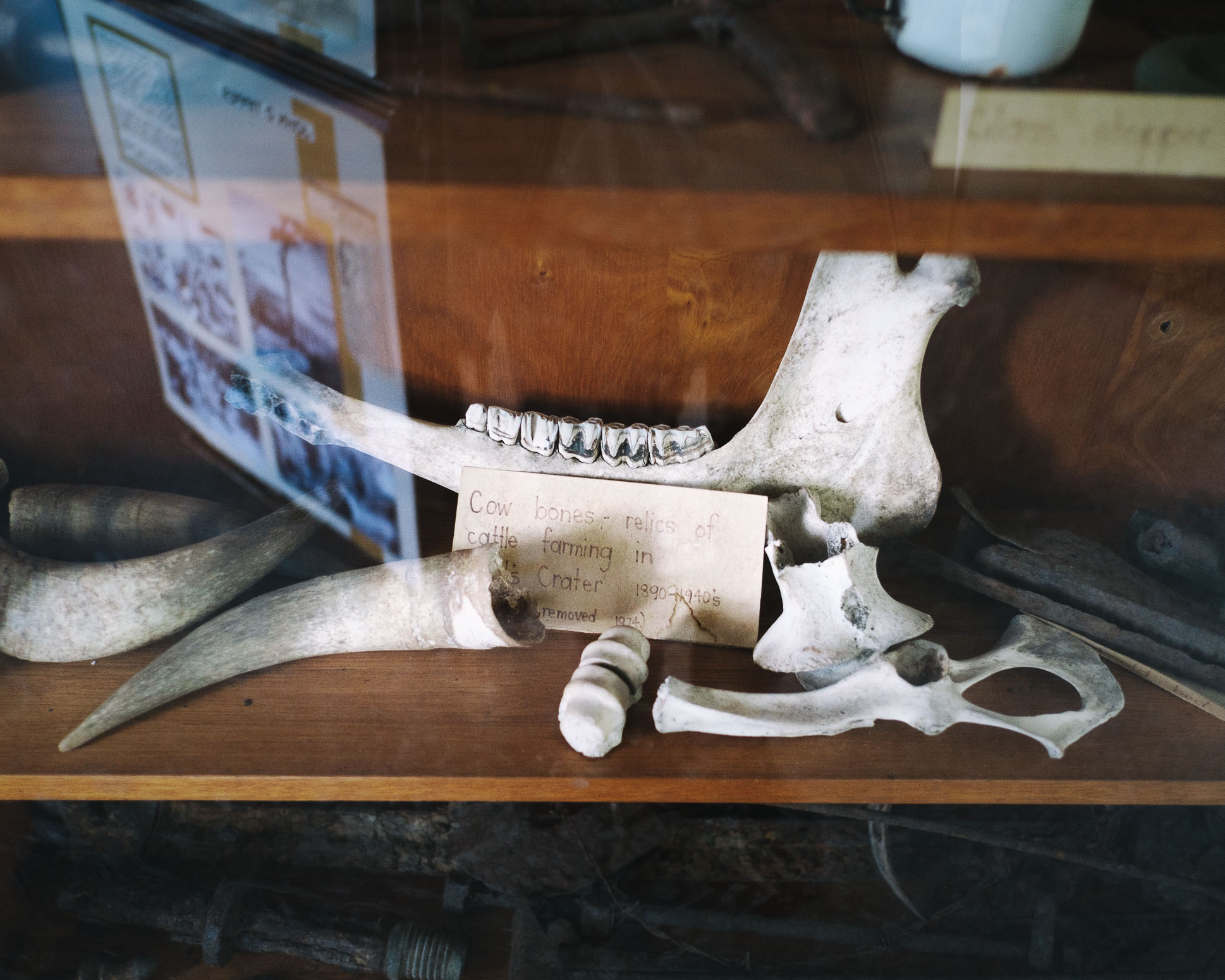
About me
Hi there! I’m Noah and you’ve found my travel blog. I love roadtrips, photography and nature. Follow @zeebachi on instagram to keep up with my latest travels!
